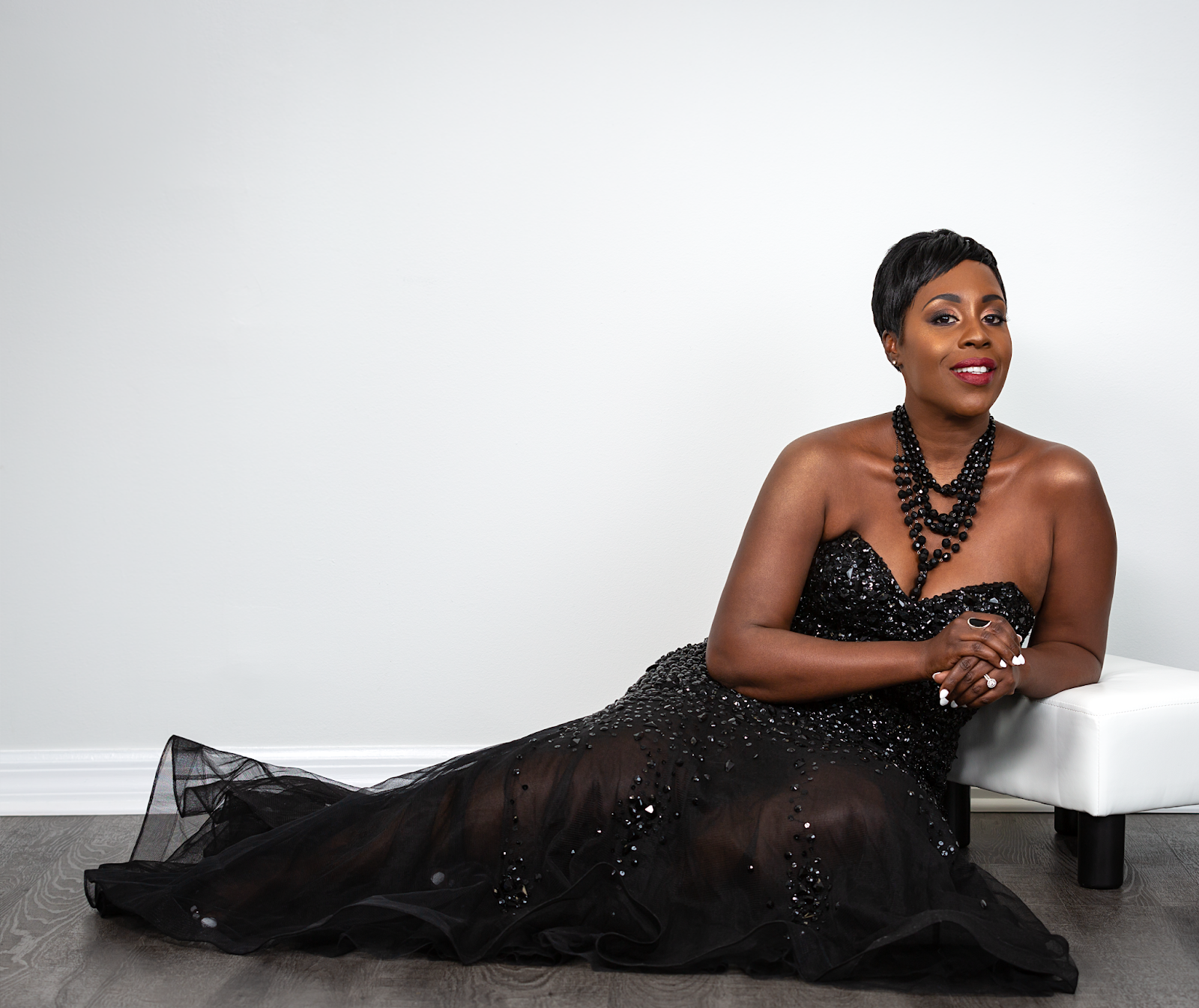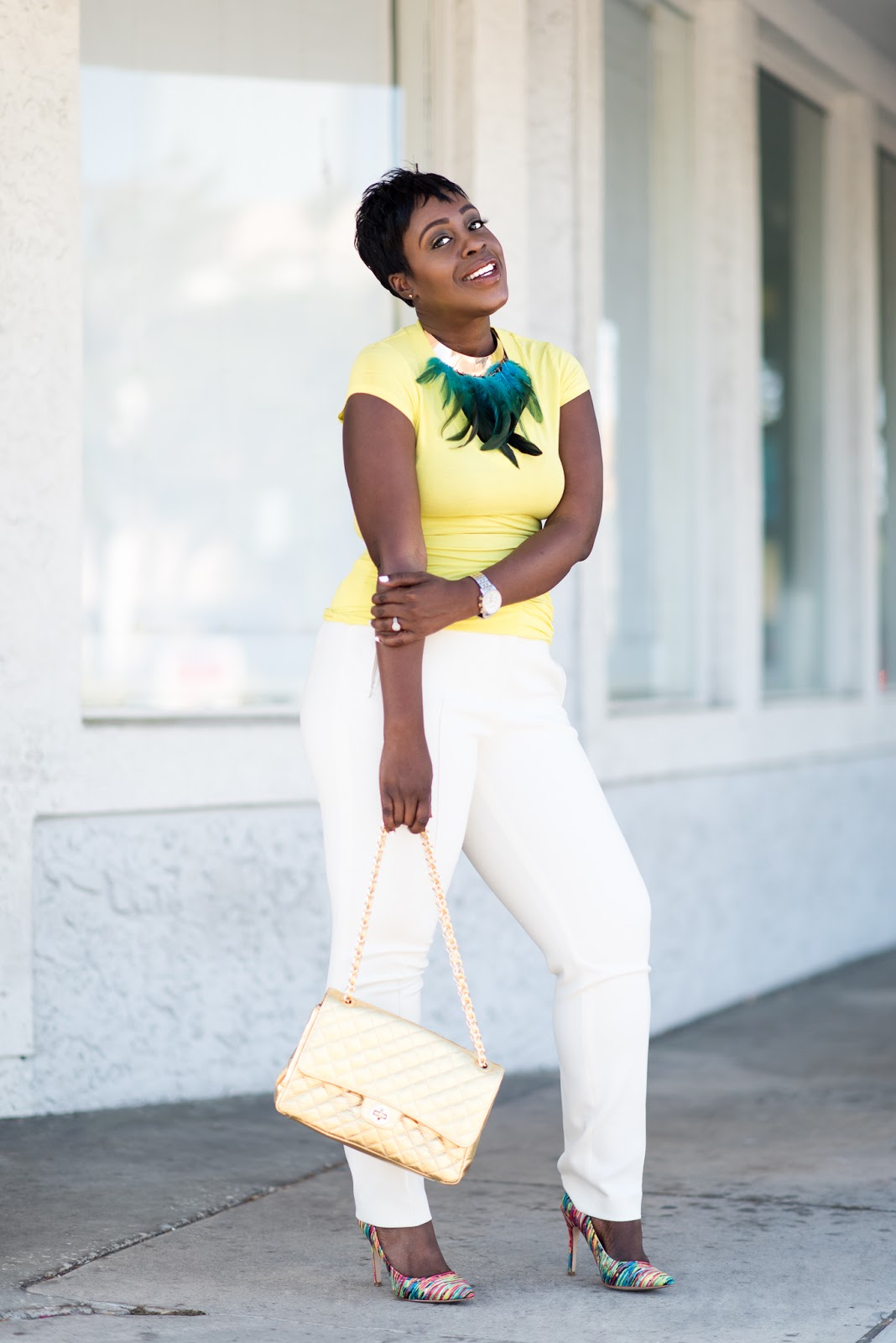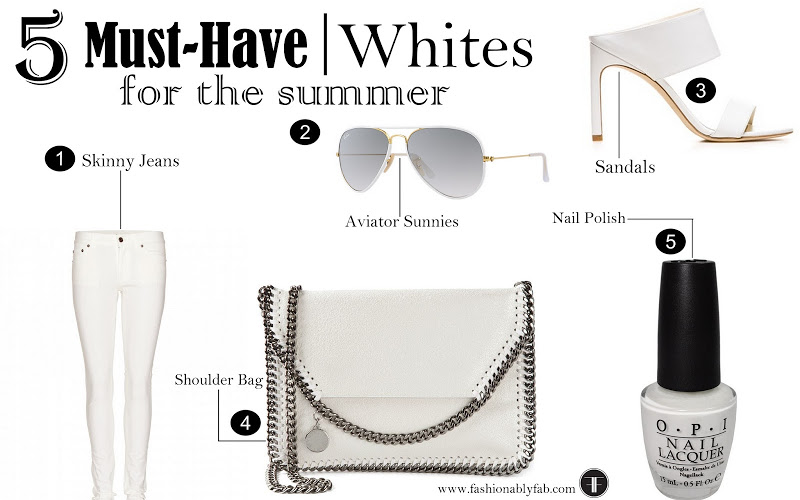Thrifting or resale shopping is part of my fashion shopping routine. I find great pleasure in scouring the consignment universe for fabulous vintage and designer items at exceptional steals.If you’re like me, where finding fabulous finds on a budget soothes your soul as well as your wallet; then thrift or consignment boutique shopping is certainly for you. If high end designer labels at retail prices are out of your budget then thrifting could certainly be a great alternative to explore. While thrifting isn’t for everyone, if you have patience and are willing to leave any preconceived notions behind—-you can walk away with fabulous fashion finds. It can be intimidating for some, so I’ve put together a list of 10 things to keep in mind when thrifting or consignment shopping.
Leave all preconceived notions aside. If you’re walking into the thrifting experience with preconceived notions like, ewww I can’t wear someone else’s second hand clothes—or ewww, I’m not poor so why am I thrifting….then thrifting may not be for you.
- Have patience. It takes patience to thrift.
- Determine what items are off limit for thrifting before hand. Ex. jewelry, shoes, home furnishing,etc.
- Set monetary limits on the amount that you are willing to spend.
- Do a thorough inspection of your thrift finds before leaving the store.
- Be open-minded about possible DIY fixer uppers. I sometime buy larger sizes because I can make the appropriate alterations myself. Or I may also buy a skirt with plans to repurpose it into a shirt. If you don’t have the skills of a seamstress but discover a fabulous DVF wrap dress that is two dress sizes large…girl get that dress and pay your local alterations lady that $15 to get it altered. It’s totally worth it.
- Research brands/labels. If you are unfamiliar with a particular label. You can always refer to the Vintage Fashion Guide.
- Discover new thrift stores. I most certainly love to thrift in the upscale neighborhoods; but sometimes thrifting in some of the unusual places can bring lots of fabulous surprises. Keep an open mind.
- Know your fabrics. Just by first glance I can sometimes tell which items are worth the extra reach, pull, hassle or time. This is a useful skill to have when determining the value of most items. If this isn’t a skill that you currently possess, don’t worry—it’s something you will acquire over time.
- Have fun. If you go in with a fun and positive attitude, more than likely you will walk out a happy camper.






